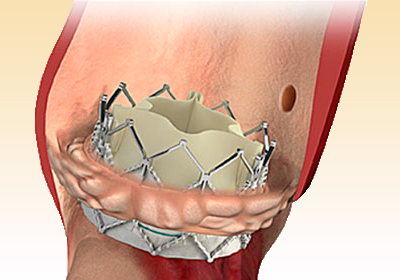Correcting iron deficiency in patients with cardiac failure might reduce the risk of new hospitalizations according to the AFFIRM-AHF published in the Lancet and presented at AHA 2020.

The combined primary end point of death and hospitalizations was not met; yet the study showed a significant reduction of 26% in hospitalization rate.
Irrespective of the presence of anemia, iron deficiency is among the predictors of bad prognosis and is present in over 70% of patients with cardiac failure.
This new study data support the administration of intravenous ferric carboxymaltose for patients with iron deficiency (with or without anemia) and less than 50% ejection fraction. Therefore, rather than a bad prognosis factor, iron deficiency has become a changeable factor.
AFFIRM-AHF was a multicenter study including 1108 patients hospitalized for cardiac failure. They all had iron deficiency defined as ferritin <100 μg/L, or 100–299 μg/L with transferrin saturation <20%). Mean age was 71 and mean ejection fraction was 33%. Before discharge, patients were randomized to endovenous iron vs. placebo.
Read also: AHA 2020 | Statins: Confirmed Benefits for the Elderly.
At 52 weeks followup, cardiovascular events rate resulted similar between the branches, as was the combined end point of death and hospitalization. However, when looked at separately, new hospitalization rate saw a significant reduction of 26%.
Original Title: Ferric carboxymaltose for iron deficiency at discharge after acute heart failure: a multicentre, double-blind, randomised, controlled trial.
Reference: Ponikowski P et al. Lancet. 2020; Epub ahead of print y presentado en las sesiones científicas del AHA 2020.
Subscribe to our weekly newsletter
Get the latest scientific articles on interventional cardiology





